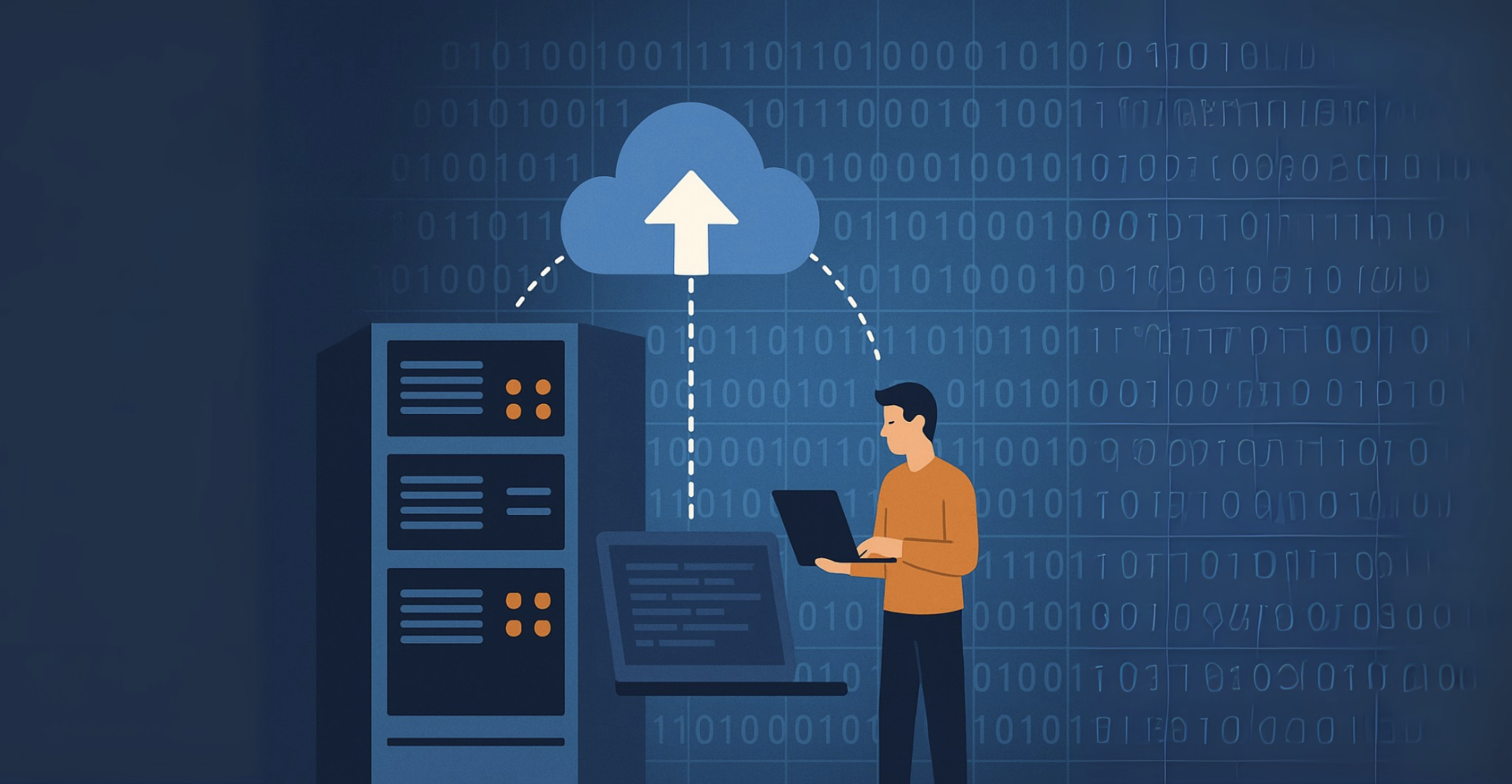The Hidden Reality of Legacy Systems
For decades, the COmmon Business-Oriented Language (COBOL) has been considered obsolete, often dismissed by the tech industry as a “dead” language. Yet it continues to quietly power the systems behind banking, insurance, government, and other critical sectors. Originally developed in the 1960s for business data processing, COBOL became the foundation of enterprise software throughout the 1970s and 1980s. While attempts to replace it have been made, most of those systems are still running today.
Why Have Companies Avoided Modernization?
Companies’ resistance to modernization isn’t just about fear of failure. Historically, the tools and strategies available for updating legacy software, such as COBOL, have been expensive, unreliable, and often unsuccessful.
Key reasons for hesitation:
- 70% of modernization projects up until now have failed
- High costs and uncertain outcomes made staying with legacy systems seem safer
- As long as old systems still worked, there was little incentive to change
- Risk of disrupting critical business operations outweighed the potential benefits
The Three Forces Creating Urgent Pressure
The industry is reaching a turning point. According to Anushka Singh, founder of Kathalyst, three key shifts are making modernization not just appealing, but urgent. Historically popular and cautious approaches are no longer sustainable as three major forces create pressing demands for change.
- Escalating Maintenance Costs: Maintenance costs continue to rise with legacy systems becoming increasingly expensive to support.
- End of Vendor Support: Many operating systems will lose IBM support by 2026 and 2027, prompting companies to decide whether to keep running legacy software or take the opportunity to modernize.
- Shrinking Skilled Workforce: The workforce skilled in maintaining these legacy systems is rapidly shrinking. Preserving critical knowledge while bridging generational gaps has become increasingly crucial.
How AI is Revolutionizing Modernization
Recognizing these challenges, Kathalyst offers a solution that directly addresses these pressing issues. Unlike earlier modernization efforts, which have a high failure rate, Kathalyst leverages recent advances in AI to make the process smarter, safer, and more scalable.
What makes AI-powered modernization different?
- “AI has enabled us to build scalable products to do this modernization, which was not possible before” – Anushka Singh
- AI-powered tools help companies automate the understanding and transformation of legacy COBOL systems
- AI reduces both cost and risk compared to traditional approaches
- Supports better knowledge retention and transfer by capturing institutional expertise
- Ensures businesses do not lose critical operational insights as senior engineers retire
Overcoming the ROI Challenge
Companies often delay modernization because the benefits aren’t immediate: “There’s no immediate ROI to modernization… The true value usually comes five to ten years after the project is completed, ” according to our founder.
Kathalyst’s approach helps businesses:
- Modernize systems without major disruption
- Set the foundation for long-term agility and innovation
- Respond more quickly to market changes and new technologies
- Position organizations for sustained competitive advantage
Do you need help with Modernization?
Kathalyst has created a proven, low-risk approach to modernizing legacy software systems that improves performance while ensuring seamless transitions. Our methodology transforms outdated systems into modern, efficient platforms without disrupting your operations. Ready to explore how we can modernize your legacy systems? Contact our team at anushka@kathalyst.ai to get a free assessment.


